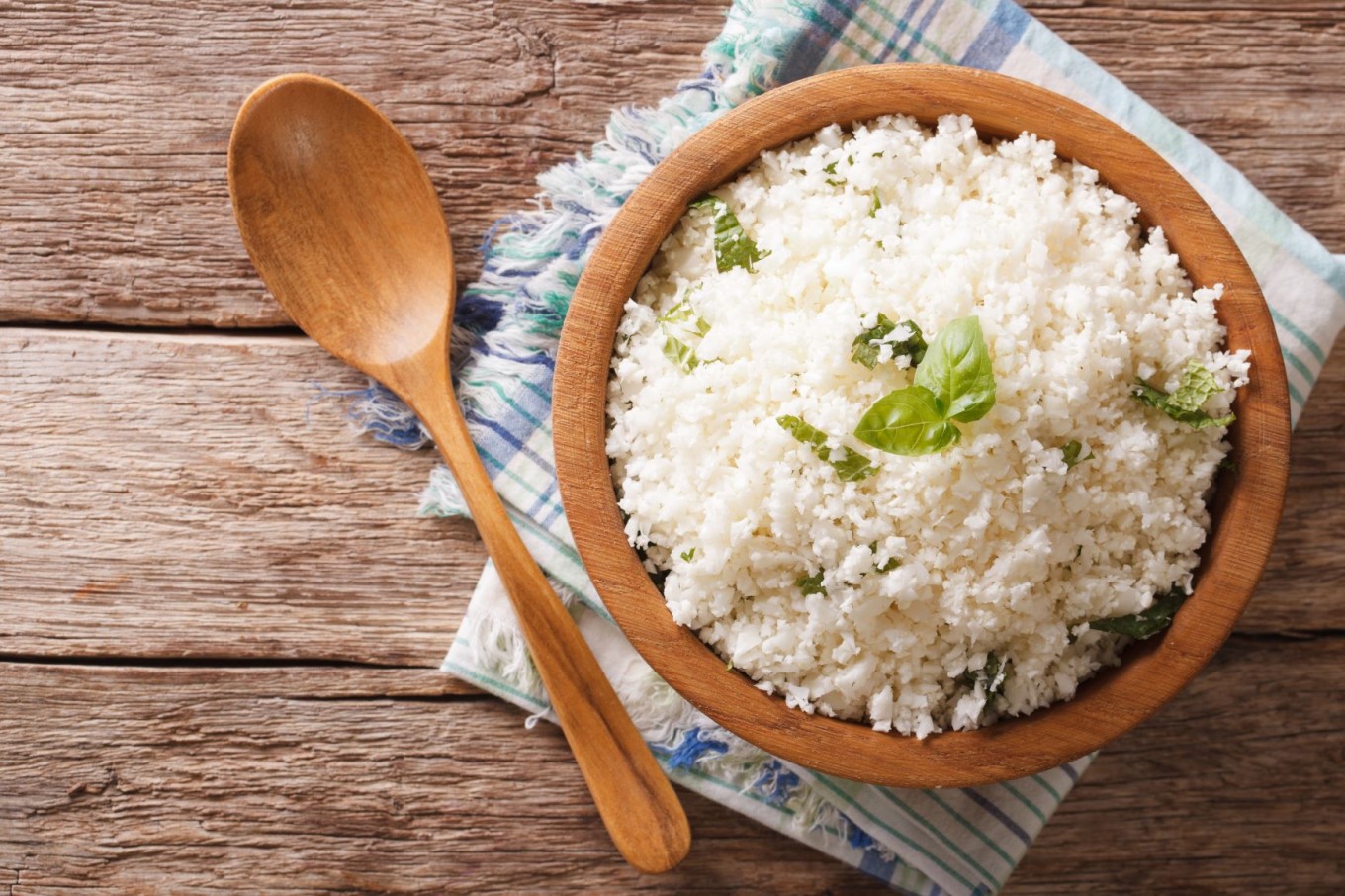Popular Reads
Top Results
Can't find what you're looking for?
View all search resultsPopular Reads
Top Results
Can't find what you're looking for?
View all search resultsBy the way: Rice, more than a grain of truth
Rice ain’t nice. This confession puts me at odds with the over 265 million people who believe in the old proverb, “Belum makan nasi berarti belum makan [if you haven’t eaten rice, you haven’t yet eaten]”.
Change text size
Gift Premium Articles
to Anyone
Let’s open with a personal opinion; rice ain’t nice.
For some Indonesians, that statement is akin to flag burning, praising Karl Marx or tweeting that a politician isn’t motivated by altruism – but it pays to be honest.
This is why so many legislators have multiple villas and send their kids to overseas schools.
But we digress. My confession puts me at odds with the over 265 million people who believe in the old proverb, “Belum makan nasi berarti belum makan [if you haven’t eaten rice, you haven’t yet eaten].”
Rice is known as a staple food. Buyers of takeaway nasi goreng (fried rice) from roadside stalls know this well. The greaseproof wrapper is often secured with a document clip. Swallow this and life’s journey could become stationary – death by stationery.
Diners from cultures afar prefer brown rice, the whole grain that includes the bran and germ. Fussy folk reckon this guarantees the meal will be nutritious because rice’s natural fibers and antioxidants remain part of the grain, rather than being stripped out in the process that produces white rice.
Refining rice is supposed to make it more palatable, last longer and ensure that it’s easier to cook.
But that’s unnecessary. Cooking brown rice is so simple that you can hardly mess it up. Toss a handful into a pot of boiling water, simmer for 20 minutes, then drain and serve. Unfortunately, few Indonesians find this acceptable.
Naturally they’re polite and complimentary, but when the host’s back is turned they sneak to the toilet and return with a clean plate. Another serving? “No, thanks. That was such a treat.”
Brown rice can also produce porridge, a word used in British slang for serving time in jail because that was the standard meal behind bars.
For Westerners rice isn’t just a food. It’s also tossed over newlyweds. This is not so that they’ll have something to eat when their honeymoon duties are over but to encourage rain, which is supposed to encourage good luck and prosperity.
If the newlyweds are Australian farmers, then they’re dreaming of a wet Christmas and would welcome any saturation brought about by the grain. Much of the continent is in drought, and so far, neither prayers nor government policies have worked.
If this column does nothing more it should disabuse you of the belief that Indonesia is superstitious and the West rational.
Does rice slim or fatten? Choose the research that suits you. The proportion of overweight Indonesians seems far below those in more affluent economies. Across the archipelago, farmers look lean, maybe the result of hard labor offsetting carbs.
Poets and philosophers have observed crops and crowds. The saying, “Padi makin berisi makin merunduk [a maturing paddy contains more and more bowing],” notes that the most laden stalks start to bend with the weight of grain.
But there’s a subtler meaning. Those with an abundance of power should be humble when dealing with those below. Tall stems carry little substance. Take note, Donald Trump and others like him. This is the wisdom of the paddy.
How did Indonesians cope before the invention of the electric rice cooker, a gadget as essential as the toaster in a foreigner’s kitchen? The task will be done in a trice, but the preparation takes longer than the cooking.
The grain must be washed thrice and the water level no higher than the second knucklebone of the right pinky finger. A pinch of salt helps lift blood pressure.
There are so many rice dishes that even the most persnickety curmudgeon (not your correspondent) can find a plate to please. Nasi lemper (sticky rice) is one of the nation’s most enjoyable snacks when fresh. That’s because the taste is dominated by the filling of shredded meat or fish.
Australia is good at growing rice, and a lot of it is exported to Japan, though not Indonesia. This is apparently because the rice produced in the Murrumbidgee valley west of Sydney is of the wrong variety.
For Indonesians, long-grain rice is not the real thing. It’s as dissimilar to short rice as a whole meal loaf is to the sugary white sponge that’s laughingly labeled ‘bread’ in the republic, even though the raw ingredients come from the wheat belt of Western Australia (WA).
It is a state keen to entice Indonesian tourists. Perth is just a 200-minute trip from Denpasar, and there are so many competing flights that prices are reasonable.
There’s plenty to see and do Down Under, where visitors are welcomed – though not those who need rice every day so they don’t turn stroppy.
There are a few Chinese and Indian restaurants in the big towns that may serve rice, but otherwise, nix. WA is not a rice zone, and neither are most states. So if you’re heading to the Great Southland, pack a rice cooker and follow the culture: do it yourself. (ste)
-- Duncan Graham











